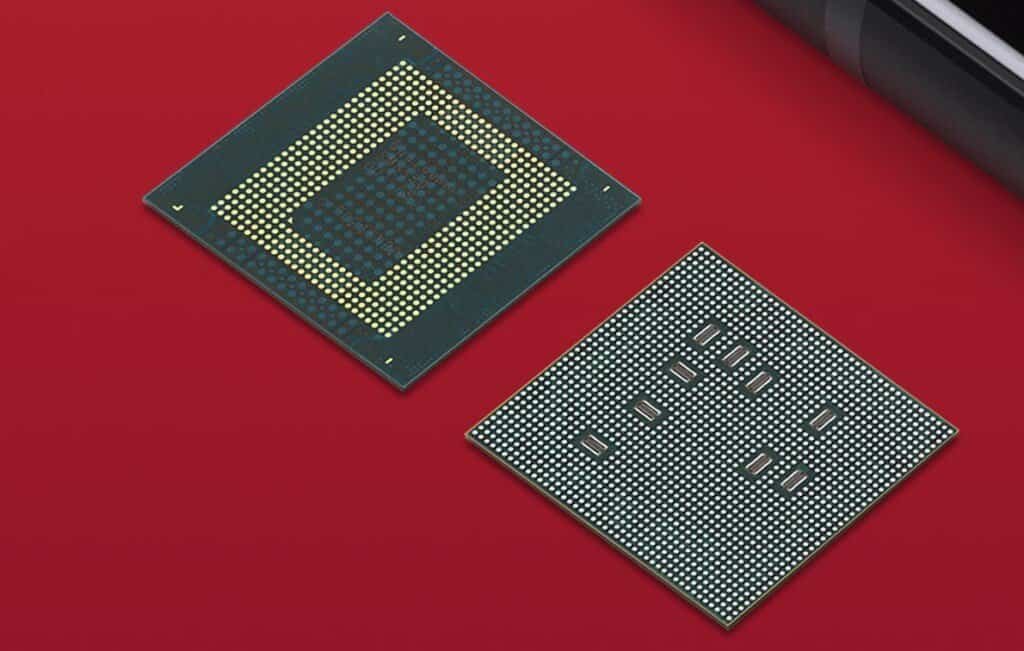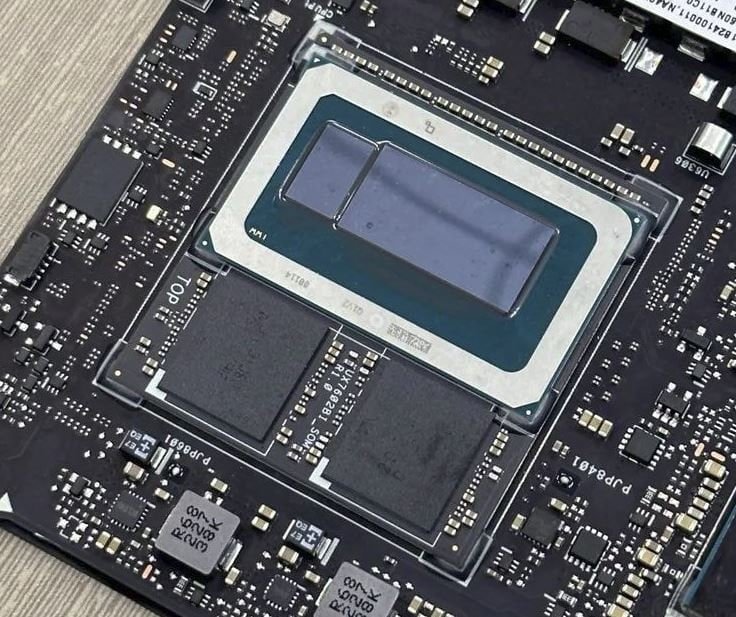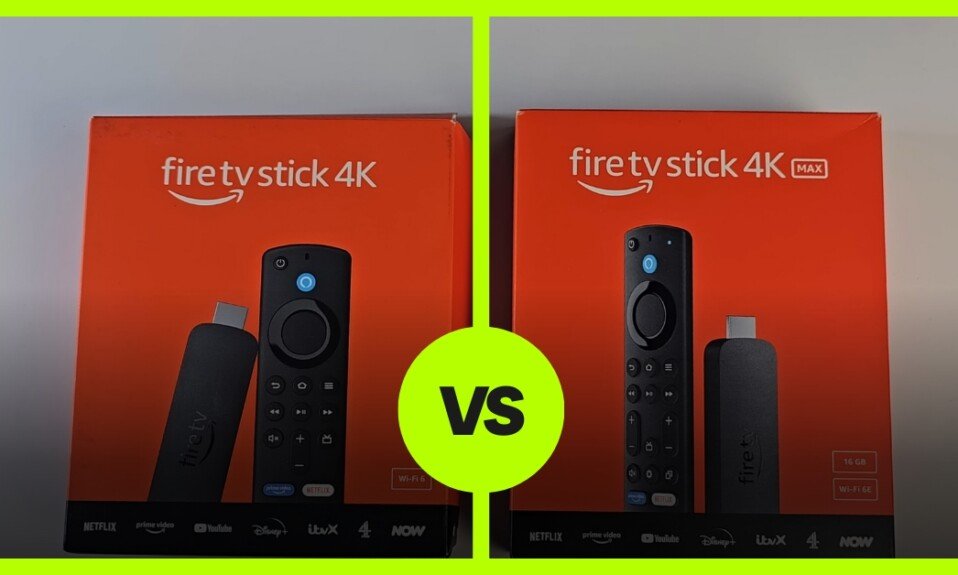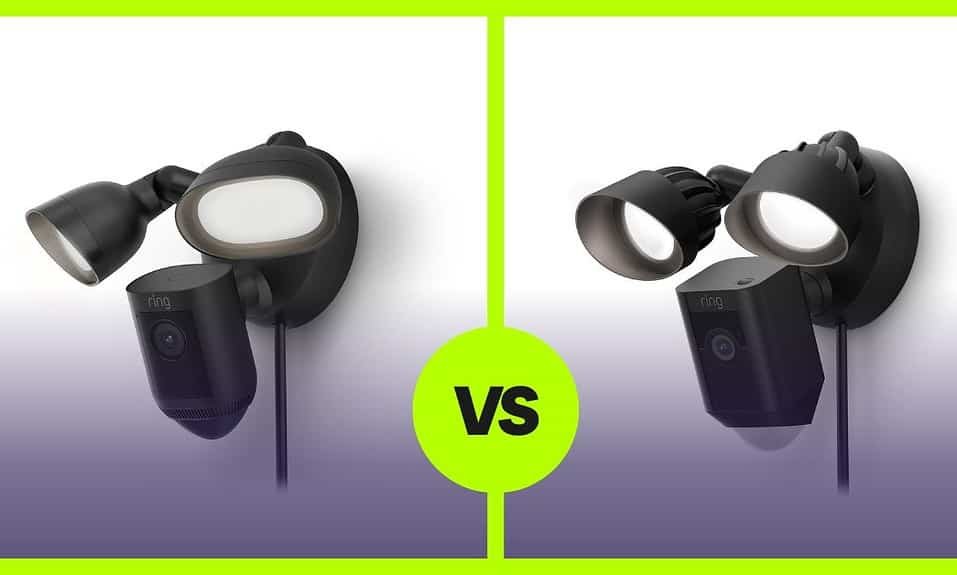Why is Mobile Device Memory Faster Than Computer Memory? Taking a hint from the promotion of Oneplus Ace 2 Pro and its whopping 24GB memory, That’s a lot, right? In fact, it might even be more than the memory in some computers! But before we jump to conclusions, let’s remember that the newest DDR5 computer memory can also hold 24GB.
Now, if you’re a tech enthusiast and you’re using the powerful Intel Xeon W9-3495X, you might already be enjoying a whopping 192GB memory. That’s mind-blowing compared to what smartphones offer!
But here’s the twist: even with such impressive memory sizes, smartphones seem to have a special advantage over computers. They can work with super-fast memory speeds, known as ultra-high equivalent frequencies.
For context, in many regular computers, the fastest memory speed or frequency they can handle is DDR5-8200. However, a lot of computers might still be operating at DDR5-5600 or even DDR4-3600 speeds.
Now, let’s talk about mobile phones. If you pick up the latest top-tier Android phone this year, like those with the new Snapdragon 8 Gen 2 or the MediaTek Dimensity 9200, you’ll find they use a super speedy memory called LPDDR5X, racing at speeds up to 8533MHz!
So, the big question: Why do mobile phones have these lightning-fast memory speeds, while many computers don’t?
Table of Contents
High Frequency Doesn’t Always Mean Faster Speed
While smartphones tout high memory frequencies, in reality, it doesn’t always translate to faster speeds. The memory bandwidth is a critical consideration. For instance, LPDDR5X memory in phones typically has a four-channel design, offering a bandwidth of 16 bits per channel. In comparison, many computer memories have broader bandwidth, making the actual memory bandwidth of top smartphones inferior to even average computers.

To put it simply, the 8533MHz memory on a smartphone has a total bandwidth of only 64bit, so the actual bandwidth is only equivalent to a dual-channel 128bit computer memory running at 4266MHz, or it is only equivalent to the 512bit memory of a high-end popular computer. Running at a frequency of 1333MHz.
In other words, whether it is an ordinary home computer or a popular PC, as long as their memory configuration is not too bad (basically it only needs to be an entry-level DDR5 memory), the actual bandwidth has actually been significantly exceeded. The memory configuration used by the top and latest flagship platforms in smartphones
PCs and Mobiles Have Different Memory Demands
Phones don’t have dedicated graphic cards. Instead, their GPU and CPU share the memory, making the need for high-bandwidth memory more urgent in phones. PCs, on the other hand, often have dedicated graphic cards with their video memory, making them less reliant on high-bandwidth system memory.
Graphics cards in professional settings often use video memory pool technology, giving them hundreds of GB of video memory. In most gaming PCs, the graphics card has its own separate video memory. This means that when the graphics card is active, it doesn’t need as much memory bandwidth as mobile phones do.
Newer PC graphics cards have an advanced feature. They can directly read game data from the SSD without going through the CPU and main memory. This reduces the demand on the main memory a bit. However, these graphics cards still need to use very high-speed memory to perform at their best.
Some PCs heavily use “integrated graphics cards.” When this happens, they need higher memory speeds and more bandwidth compared to PCs with separate graphics cards. This is the reason why some handheld X86 game consoles use fast memories like LPDDR5-6400 or even LPDDR5X-7500.
Installation Differences Play a Crucial Role
The method of memory installation has a direct impact on its operating frequency. Mobile phone memories are typically “stacked” directly on the System on a Chip (SOC), eliminating long circuit distances and allowing for higher frequencies. Conversely, user-replaceable memories in desktop computers introduce a longer wiring distance, making it harder for them to achieve those high frequencies.

These days, some X86 handheld consoles and fancy laptops have their memory attached directly to the motherboard, really close to the CPU. Although the connections between them run through the motherboard’s internal wiring, the short distance and good soldering help ensure a solid connection. That’s why these devices can use high-speed memory. However, their speed is still not as fast as the top-tier smartphones.

They make computers that let users change the memory themselves. So, instead of soldering the memory and CPU, they use contacts. But this can cause problems. There’s more resistance and the signals aren’t as strong. Also, because of the way the memory slots are set up on the motherboard, the distance between the memory and CPU is longer than on laptops. This makes it hard for the memory to work at super high speeds.

Exceptions Exist Everywhere
Interestingly, there are exceptions in both the PC and mobile world. Some computer motherboards designed for overclocking have fewer memory slots to simplify the wiring design, allowing for higher frequencies. On the other hand, some low-end smartphones, due to design constraints, still operate at significantly lower memory frequencies.
This setup can actually slow down the memory speed. That’s why some basic models use LPDDR3 3200MHz memory, even when the top models can use memory as fast as 8533MHz. Besides the fact that these models don’t need super-fast memory because they’re not as powerful, their design also can’t support the super-fast memory reliably.
Conclusion: Why is Mobile Device Memory Faster Than Computer Memory
While at first glance, it may seem that mobile device memory is faster than computer memory, the actual story is more nuanced. Factors such as bandwidth, demand differences, installation methods, and specific design choices all come into play. So, the next time someone marvels at the memory speed of their latest smartphone, you’ll have the inside scoop on what’s really happening behind the scenes!




